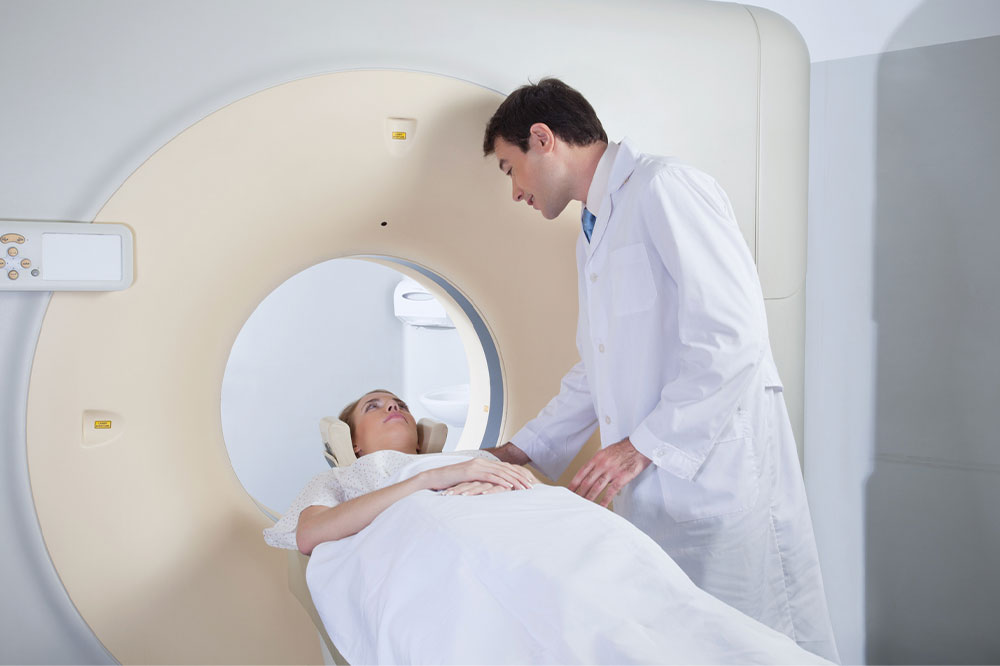
Important things to know about a HIDA scan
A HIDA scan (hepatobiliary iminodiacetic acid) refers to an imaging test to examine potential defects with the gallbladder, the liver, and bile ducts. A camera captures pictures of the gallbladder after a tracer chemical is injected into the vein in the arm. This tracer passes through the bile ducts, gallbladder, liver, and small intestine. The camera takes pictures of the tracer as it moves along. These pictures are then inspected for blockages or other problems.
Preparing for the scan
Before you undergo the HIDA procedure, you must undertake special preparation. It involves the following:
- Fasting for four hours before the scan. The doctor may advise you to have only clear liquids.
- Informing the healthcare professional about all supplements or prescription treatments you take.
Once you reach the medical imaging center or hospital for the procedure, the imaging technician will request that you take off any metal accessories and jewelry, and wear the hospital gown.
The procedure
Before
Before starting the procedure, the health care team will ask you to lie down on a table. You will typically be resting on your back. The doctor will then inject a radioactive tracer into the vein in your arm. As this is being done, you will feel a cold sensation or pressure.
During
During the procedure, you will be given a treatment option that makes the gallbladder contract and empty. It may be followed by another treatment that makes it easier to guide the tracer chemical to the gallbladder.
Next, the doctor will position the camera over the abdomen to capture pictures of the tracer moving around the body. It is an hour-long procedure, and you must stay still throughout. Anytime you feel uncomfortable, you can tell the doctor. By taking some deep breaths, you can ease the discomfort.
The radiologist will examine the progress of the tracer around the body on the computer. In some instances, you may require further imaging within the next 24 hours if the original images are unsatisfactory.
After
Usually, you can go home after the scan. The radioactive tracer will typically lose its radioactivity or pass through the stool and urine over the next 24 to 48 hours. You must drink lots of water to flush it out of your system.
Results
The results for the scans can be interpreted as follows.
Normal
This means the tracer moved freely from the liver through the small intestine and gallbladder.
Slow
The tracer passed slowly across the body. It might hint at a blockage or an obstruction in the bile duct or gallbladder or a below-optimal liver functioning.
Not present
When the doctor finds no radioactive tracer in the gallbladder, it could indicate acute cholecystitis or acute gallbladder inflammation.
Low gallbladder ejection fraction
Despite taking cholecystokinin, if the amount of radioactive tracer from the gallbladder is low, it is a sign of chronic cholecystitis or chronic gallbladder inflammation.
Radioactive tracer found in other body parts
When the tracer enters other body parts, it suggests a biliary system leakage.
The doctor will consider your symptoms and employ these results and the results of other tests for a diagnosis.
Cost
The cost will vary depending on the facility chosen and the staff performing the test. Generally, a HIDA scan can cost around $1300.
Risks
In most circumstances, this scan will not be performed on pregnant women, as the radioactivity can harm the child. So, if you are pregnant, you must notify the radiology staff or practitioner before undergoing the procedure. You must also inform them if you are breastfeeding, as that may influence the results of the tests. The risks associated with the tracer or substances given during the test are low but may include the following:
- Minor exposure to the radiation
- Rash, bruise, or swelling where the tracer is injected
- Rare allergic reactions to substances employed in the test.




